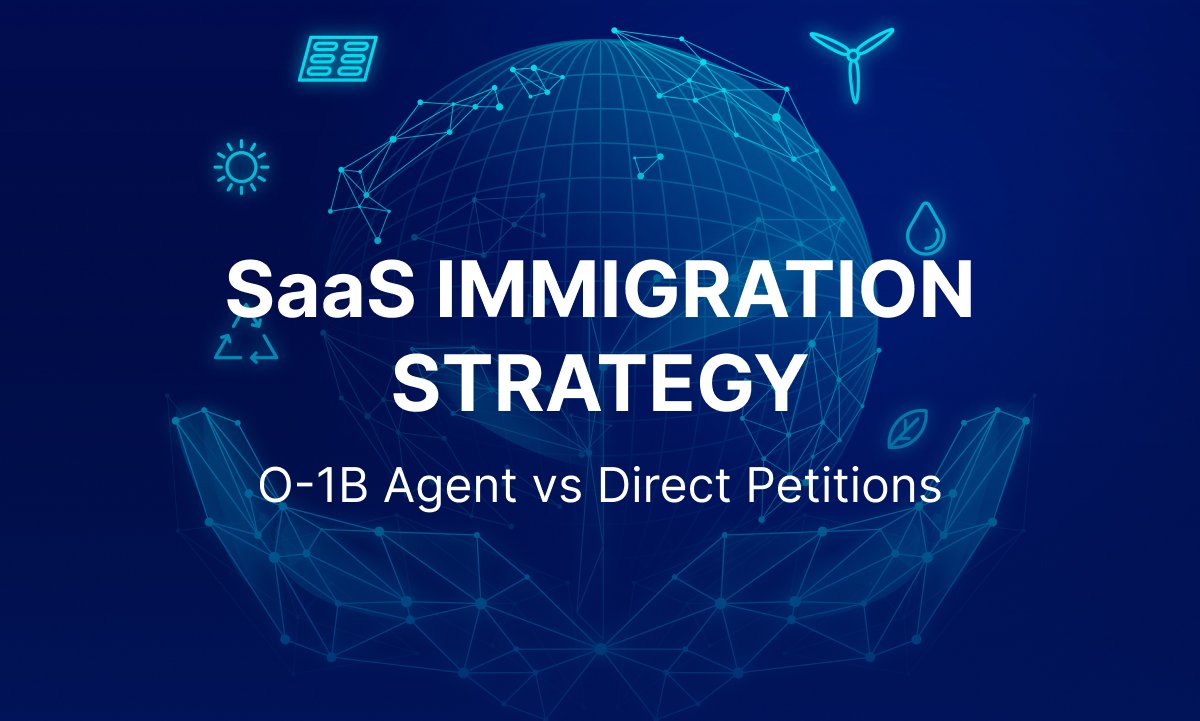In today’s digital economy, Software as a Service (SaaS) has revolutionized how businesses operate, creating unprecedented opportunities and unique legal challenges. As SaaS solutions become increasingly integral to business operations worldwide, the agreements governing these relationships require careful attention to protect all parties involved.
Understanding the critical legal issues in SaaS agreements isn’t just about risk mitigation—it’s about building sustainable business relationships, ensuring compliance with evolving regulations, and establishing clear expectations between service providers and customers. This comprehensive guide examines the 15 most significant legal considerations that should be addressed in any well-structured SaaS agreement.
1. Data Privacy and Security
Data privacy and security represent perhaps the most pressing concerns in modern SaaS agreements. With regulations like GDPR in Europe and CCPA in California setting stringent standards for data protection, SaaS providers must clearly articulate their data handling practices.
Key considerations:
- Explicit provisions detailing what customer data is collected and how it’s used
- Clear documentation of security measures implemented to protect sensitive information
- Processes for notifying customers of data breaches and remediation steps
- Compliance with jurisdiction-specific privacy regulations
- Transparency regarding any cross-border data transfers
Practical tip: Develop a comprehensive data processing addendum (DPA) that can be incorporated into your SaaS agreement, outlining specific data handling obligations and compliance measures tailored to different regulatory frameworks.
2. Intellectual Property Rights
The intangible nature of SaaS creates unique intellectual property challenges. A robust SaaS agreement must clearly delineate ownership rights to various components of the service and any customer-generated content.
Key considerations:
- Clear definition of pre-existing IP owned by each party
- Licensing terms for the SaaS solution
- Ownership rights to customizations and configurations
- Handling of derivative works
- Provisions for protecting proprietary technologies and methodologies
Practical tip: Include specific language prohibiting reverse engineering or unauthorized modification of your software while ensuring customers retain appropriate rights to their own data and customizations.
3. Service Level Agreements (SLAs)
SLAs establish the performance standards for your SaaS offering and the remedies available when those standards aren’t met. These provisions are critical for setting appropriate customer expectations.
Key considerations:
- Specific, measurable uptime guarantees
- Clear definition of how uptime is calculated and measured
- Response time commitments for different severity levels of issues
- Maintenance window policies and notification procedures
- Appropriate remedies for SLA failures, such as service credits
Practical tip: Avoid overpromising with unrealistic SLAs; instead, develop tiered SLA offerings that align with different subscription levels and price points.
4. Termination and Renewal Terms
Clear termination and renewal provisions help prevent disputes at the end of contractual relationships and provide certainty for both parties.
Key considerations:
- Conditions for termination (both for cause and for convenience)
- Notice periods required for termination or non-renewal
- Auto-renewal terms and opt-out requirements
- Post-termination obligations (data return, transition assistance)
- Early termination fees and refund policies
Practical tip: Create a detailed termination checklist that outlines the specific steps each party must take when the agreement ends, including timelines for data transfer or destruction.
5. Regulatory Compliance
Beyond data privacy, SaaS providers often need to address industry-specific regulatory requirements, particularly in highly regulated sectors like healthcare, finance, and education.
Key considerations:
- Compliance with industry standards (HIPAA, PCI-DSS, FERPA, etc.)
- Certification requirements and maintenance
- Audit and reporting obligations
- Documentation of compliance measures
- Allocation of compliance responsibilities between provider and customer
Practical tip: Develop compliance matrices for key industries you serve, clearly mapping your solution’s capabilities against specific regulatory requirements to demonstrate your commitment to compliance.
6. Liability and Indemnification
Liability provisions are crucial to allocating risk appropriately between SaaS providers and customers, particularly for incidents like data breaches, service outages, or intellectual property infringement claims.
Key considerations:
- Limitation of liability caps and exclusions
- Indemnification obligations for each party
- Insurance requirements
- Force majeure provisions
- Handling of third-party claims
Practical tip: Consider tiered liability caps based on subscription levels, with higher-paying enterprise customers receiving greater protection than lower-tier subscribers.
7. User Access and Authorization
Clear terms regarding who can access the SaaS solution and how access rights are managed help prevent unauthorized usage and potential security breaches.
Key considerations:
- Definition of authorized users
- Authentication requirements
- Access control responsibilities
- User onboarding and offboarding procedures
- Prohibitions against credential sharing or unauthorized access
Practical tip: Implement technical measures that support your legal requirements, such as single sign-on (SSO) capabilities, role-based access controls, and automated user provisioning/de-provisioning.
8. Data Ownership and Usage Rights
Establishing clear data ownership terms is essential, particularly as the value of aggregate data and insights continues to grow.
Key considerations:
- Explicit statements regarding customer data ownership
- License grants for provider use of customer data
- Anonymization and aggregation rights
- Data retention and deletion policies
- Secondary usage rights and limitations
Practical tip: Create separate clauses for different data categories (customer business data, usage data, derived analytics) with specific rights and restrictions for each type.
9. Audit Rights and Compliance Verification
Audit provisions enable customers to verify that SaaS providers are complying with contractual obligations, particularly around security, privacy, and performance.
Key considerations:
- Scope and frequency of permitted audits
- Audit notification requirements
- Handling of audit costs
- Limitations on disruptive audit activities
- Alternatives to direct audits (e.g., third-party certifications)
Practical tip: Invest in recognized third-party certifications (SOC 2, ISO 27001) that can be shared with customers as an alternative to individual customer audits, potentially reducing administrative burden.
10. Jurisdiction and Governing Law
In our global digital economy, determining which laws govern the SaaS agreement and where disputes will be resolved is increasingly complex but critically important.
Key considerations:
- Choice of governing law
- Jurisdiction for dispute resolution
- International arbitration options
- Impact of local regulations regardless of chosen law
- Compliance with export control regulations
Practical tip: Consider including tiered dispute resolution mechanisms that require negotiation and mediation before formal legal proceedings, potentially saving time and costs for both parties.
11. Subcontracting and Assignment
Clear terms regarding when and how the agreement or obligations can be transferred are essential, particularly in an industry characterized by frequent mergers, acquisitions, and strategic partnerships.
Key considerations:
- Rights to subcontract service elements
- Notification or approval requirements for subcontractors
- Assignment restrictions and permissions
- Change of control provisions
- Subcontractor compliance requirements
Practical tip: Maintain a regularly updated list of pre-approved subprocessors that can be referenced in the agreement, providing transparency while preserving operational flexibility.
12. Confidentiality Obligations
Protecting sensitive business information exchanged during the SaaS relationship is crucial for both providers and customers.
Key considerations:
- Clear definition of confidential information
- Specific protection requirements
- Permitted disclosures (e.g., to employees, subcontractors)
- Duration of confidentiality obligations
- Remedies for confidentiality breaches
Practical tip: Create confidentiality tiers with different protection levels for various types of information, recognizing that not all confidential information requires the same degree of protection.
13. Disaster Recovery and Business Continuity
SaaS customers increasingly depend on providers for mission-critical functions, making disaster recovery and business continuity planning essential components of the agreement.
Key considerations:
- Recovery time objectives (RTOs) and recovery point objectives (RPOs)
- Backup frequency and retention
- Disaster notification procedures
- Testing requirements and frequency
- Alternative service delivery methods during disruptions
Practical tip: Create a simplified disaster recovery plan summary that can be shared with customers during the sales process to demonstrate your preparedness without revealing sensitive security details.
14. Pricing Models and Payment Terms
Clear, comprehensive pricing provisions help prevent disputes and ensure predictable revenue streams.
Key considerations:
- Subscription tiers and included features
- Usage-based pricing components and calculation methods
- Payment timing and acceptable methods
- Price increase limitations and notice requirements
- Consequences of non-payment or late payment
Practical tip: Develop visual pricing schedules that clearly illustrate different subscription tiers, included features, and optional add-ons to prevent misunderstandings about what’s included in the base price.
15. Dispute Resolution and Arbitration
Despite best efforts, disagreements may arise. A well-crafted dispute resolution framework can help resolve issues efficiently while preserving the business relationship.
Key considerations:
- Escalation procedures for disputes
- Mediation requirements before litigation
- Arbitration provisions and forum selection
- Class action waivers (where permitted)
- Recovery of legal fees and costs
Practical tip: Include designated representative roles from both organizations who must attempt good-faith resolution before formal dispute proceedings can commence.
Conclusion: Proactive Legal Strategy as a Competitive Advantage
In today’s competitive SaaS landscape, a thoughtfully constructed legal framework isn’t just about risk management—it’s a strategic business asset. By addressing these 15 critical legal issues proactively, SaaS providers can build trust with customers, streamline negotiations, and create sustainable business relationships that withstand the test of time.
The most successful SaaS companies treat their agreements not as obstacles to closing deals but as opportunities to demonstrate professionalism, reliability, and customer-centricity. By investing in robust, balanced legal frameworks, SaaS providers can distinguish themselves in a crowded marketplace while protecting their most valuable assets.
Need expert guidance navigating these complex legal issues? SaaS Legal Services specializes in crafting customized agreements that protect your interests while accelerating your sales cycle. Contact our team today to learn how we can help your SaaS business build stronger, more profitable customer relationships through effective legal strategies.






